Express Yourself: How to Custom Mod Your PC
As the old joke from PC gaming's early days goes, once upon a time, you could enjoy home computing in any size and shape you wanted — so long as what you wanted was a square, beige box. Luckily, today's options are far more promising and extensive for modern enthusiasts looking to customize a rig to match their own outsized personalities. And from systems so small you can lug 'em in a lunchbox to local gaming cons to candy-painted joints rocking so many neon-lit LEDs they could easily camouflage themselves at any dance club, well... Let's just say that it's easier than ever to build your own jaw-dropping, one-of-a-kind desktop or laptop unit.
 The one-of-a-kind L3pipe by Peter Brands. A casemod... without a case.
The one-of-a-kind L3pipe by Peter Brands. A casemod... without a case.Granted, you could always settle for plenty of off-the-shelf systems — there's no shortage of high-performance PCs ready and waiting to rock your socks off. But as diehard players know, for many, choosing the right computer is as much about creativity and expression as it is technical features and performance. And to them, even the flashiest stock rig will seem about as individual as a teen girl who shops at Hot Topic. So if you're looking for the realest of the real when it comes to high-end computing and to cop a machine that truly shows off your personality, you'll want to go custom all the way. Fortunately, an ever-growing range of hardware and accessory makers are lining up to help you do for your home computer what MTV did for cars with shows like Pimp My Ride. And, best of all, you won't need a team of crazy-eyed grease monkeys to get the job done, and you won't break your budget in the process either.
Below, you'll find a number of expert hints, tips, and insights to help you get the process started — whether or not it ever finishes just depends on how many mods you choose to make, and how often you look forward to watching friends' and family's jaws drop.
Case mods and designs
If you're looking to mod your PC, the first and most obvious (as well as most visible) place to start is with its case. Happily, today, you don't have to hacksaw your way through sheets of plastic or jury-rig your computer to run in a coffin (as some enthusiasts have actually done) to make magic happen. Nowadays, you can enjoy cases in all shapes and sizes, including everything from a basic tower to bite- (byte?-) sized boxes, with no shortage of colors to choose from and in shapes that seemed impossible just a few years back.
 ROG V3 MOD by Filip Karel
ROG V3 MOD by Filip Karel
For example, there are cases that provide large interiors for high-end hardware expansion, as well as cubes and other small form factors that provide greater portability, all while still ensuring ample room for customization. (Not to mention the potential for individual creative expression.) You'll also find a full range of cases that ensure maximum airflow so that everything inside stays nice and perfectly cool. To get some confidence with building, there is a plethora of choices for enclosures, here are a couple of choices from In Win and Lian-Li which will match perfectly with ROG components and make the building process easier. You can check out some builds using these cases.
 Lian Li PC-Q17 - ROG Certified Product
Lian Li PC-Q17 - ROG Certified Product
The first thing to consider when contemplating modding a case is how you'll use your computer. Will it sit on or at least next to your desk all year? If so, a tower that shows off its power could be a way good to make a first impression, but if you're venturing to competitions or LAN parties, something that won't break your back might be a better solution. Do you plan to overclock and pack it with the latest and greatest components? Because if so, you might want a case that is optimized for cooling potential as well.
In other words, when thinking about modding your PC, consider the case the base framework around which everything else will follow. Once you've picked out a sick-looking case, and a form factor that best suits your needs, you won't just have the basic building block for all hardware expansions to come — you'll also have a base on which to build all the cool and crazy-looking creative mods that will follow.
Overclocking and designing for high-performance computing
After determining which case style best matches your needs, it's time to start playing with the hardware inside. It all begins with the motherboard. This is the printed circuit board that is, in essence, the heart and soul of the rig. It holds and/or allows communication between many of the crucial electronic components inside your PC, including the CPU, memory, and various hardware elements, and directly affects computing performance. So you'll definitely want to look for a gaming-specific motherboard, as these choices allow way more room for customization and upgrading.
After determining the best option for a motherboard, it's time to choose your CPU — and while today there are essentially two main ways to go, most will agree there is no real wrong choice. One thing to remember is that whichever pick you choose, there is always the option to overclock the CPU, which allows it to run at speeds higher than official benchmarks. This allows you to push your system beyond typical out-of-the-box speeds — but caution should still be taken not to push it past the limit. The truth today is that many CPU manufacturers actually anticipate that players will engage in overclocking, though, and even offer some help for those who want to get a bit of extra horsepower out of their gaming rigs.
If you're interested in doing so, you can try ROG RealBench to benchmark and stress test your system.
Intel Extreme Tuning Utility (Intel XTU) is a Windows-based performance software package for novice and experienced enthusiasts who wish to overclock, monitor, and even stress-test systems. This software provides a set of robust tools to monitor PC information, including inspecting your processor, engaging in basic and advanced tuning, and looking at application and profile pairing to determine if the machine is optimized for a specific application.
AMD OverDrive Technology options are also available to help enable customized performance for novices and enthusiasts alike, offering select pre-tuned memory profiles as well as the ability to manually monitor performance settings from the BIOS to push it to the limit. The package offers fan control for enhanced performance, as well as integrated system test and monitoring features, including clock memory, voltage, and memory timing. Advanced stability tests are also provided so you can ensure overall system stability and focus on the game instead of the machine!
Keep in mind that in addition to speeding up your rig, you can customize your motherboard to express your creativity as well. There are a number of motherboards that can have LED strips added, as well as options for painting. Just ensure that the board is actually compatible with the modifications you choose. Likewise, there are options for CPU customization, which we'll also discuss shortly.
Graphics cards and visual upgrades
After the CPU, the next big decision you'll have to make will likely be your choice of graphics processing unit (GPU), and there are also a few key options here to choose from. Most of the time, when considering choices, we tend to think about the graphics that we'll see on our screen, but your choice of GPU can determine the look inside your machine as well.
Just as car guys love to pop the hood to see what the engine in a car looks like, the same impression can be made by tricking out your GPU. Today's graphics cards offer the ability to provide some added glow, while the card's casing can also be custom-painted to further impress bystanders.
When choosing a graphics card, be sure to consider factors such as performance, price, and just what level of graphics capabilities you'll need. A number of options exist to fit every need and budget.
After-market liquid cooling waterblocks provides extra cooling for overclocking, reduces noise and really looks the part.
 Strix GTX 980 Ti with EK waterblock. Courtesy of upsnef.
Strix GTX 980 Ti with EK waterblock. Courtesy of upsnef.
Memory
If the motherboard is the heart of any given PC and the CPU is the brain, then memory is... well, simply put, the memory of your system as well. It comes in two kinds basically — which can be described as long-term and short-term if we're to be fairly basic about it. Long-term memory is where common storage solutions such as hard drives come in, and as the adage suggests, bigger is better.
A large hard drive is always a good idea to have, because even in the era of cloud computing, it never hurts to have everything backed up. Games today eat up a lot of hard drive space, as do movies, music, and many other types of files you'll be routinely downloading online. So unless you want to be installing and uninstalling games, there is no reason not to try to reach for a hard drive that's 1TB in size or more.
As for RAM — which is akin to a human being's short-term memory — more is also better. RAM is the one thing that can often be easily added later, but the truth is there is little reason NOT to go full-on from the get-go. The more RAM you have, the better games are likely to perform, so shortchanging it is — back to the car metaphor — akin to having a nice large motor, but a sorely underpowered transmission.
RAM is also another area where you can get snazzy as well by adding some color to the inside of the computer. As just one example here, there are options for adding lighted RAM that's illuminated with LED strips on top. Note that doing so won't increase your system's performance, but it sure looks like it! You can check out ROG Certified partners such as Avexir for memory to match your build.
Cooling and maintaining temperature
Of course, adding high-performance hardware also increases your PC's internal temperature. The motherboard, CPU, GPU, hard drives, and power supply all generate heat — and the more a system heats up, the more it runs the risk of overheating. Fortunately, there are a number of solutions that can help your computer both look and stay cool.
If you have a sinking feeling that the CPU is getting too hot, for example, you can grab extra fans that feature sintered power heatpipes with massive heat sinks that literally draw off the excess heat and help keep things cool. And while it's typically safe to say that liquids and electronics don't mix, liquids and PCs do mix when you're talking about water/liquid CPU cooling. Liquid-cooled solutions can actually help reduce the temperature inside a PC more effectively than fans, ensuring that even during the most fast and furious gaming competition, the machine can handle the heat even if you can't!
The added benefit of liquid cooling is that it can give your PC a very unique look with numerous options to choose from — including hard-line/rigid tubing or flexible PVC. Liquid coolant is often also available in multiple colors, which flow through the machine like blood through a mad scientist's unspeakable creature, though in a less sinister way.
Now there are more options with ROG Certified Partners such as Bitspower.
LED and lighting options
As we've already touched on, there are plenty of custom lighting options you can grab to cast a bit of illumination inside and outside your machine as well. Best of all, even the most basic rig can get a bit of extra pizzazz thanks to some basic LED kits, which can be quickly and easily installed to offer multiple colors and light modes. Here is the latest ROG Maximus VIII Formula with RGB lighting header built-in so you don't need a separate controller.
There are also LED kits available that offer soft and bendable options, as well as light sticks that can be placed inside your PC to let everyone know that it is "red alert" time and that you're ready to go. With all these options to pick from, it's no surprise that many custom PCs these days look a little bit like Times Square on New Year's Eve.
Stickers, decals, and custom paint jobs
Keep in mind as well: unless you actually build a case, which can be done of course, chances are you will still end up with a rig that has the same form as another computer out there. However, if you're so inclined, you can also make your case as unique as your personality.
One simple way to do so is to paint it — from camouflage to themes based on your favorite games and TV shows, just about anything is possible. Car/auto paint will provide the best finish for most cases, and spray paint is a better choice than brushes, which can leave strokes or lines. Note that as with model building, it is advisable to start with a primer, then paint, and finally add a clear coat finish to help protect your masterpiece.
 Strix Menace by Reapervon
Strix Menace by Reapervon
In addition, there are no shortage of decals and stickers that can be applied to your computer's case. Got a favorite franchise, character, or even style of music? You'll find plenty of options to add.
In the end, when it comes to modding a PC, the options are all but endless. The good news being, of course, that it's easier than ever to do so — and far more fun and affordable than at any prior point in history.
Author
Popular Posts
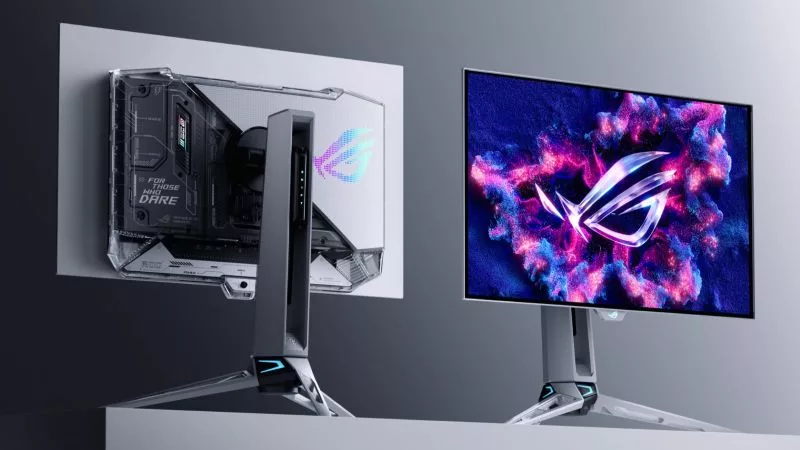
Prepare for Tandem OLED splendor with these new ROG gaming monitors
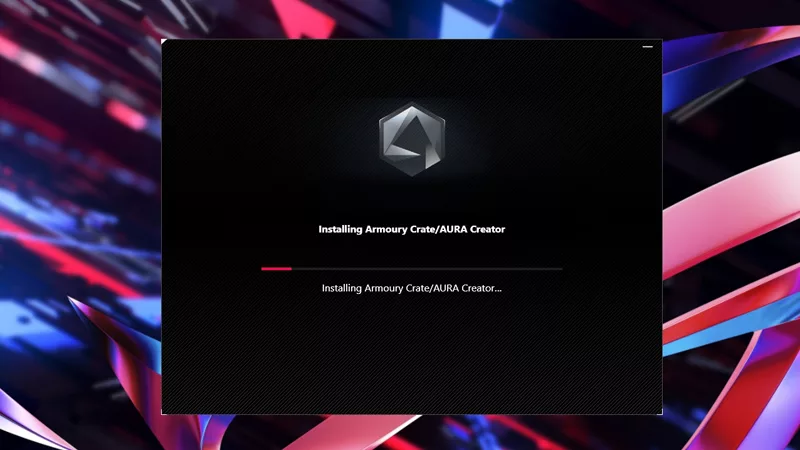
How to Cleanly Uninstall and Reinstall Armoury Crate

How to adjust your laptop's P-Cores and E-Cores for better performance and battery life
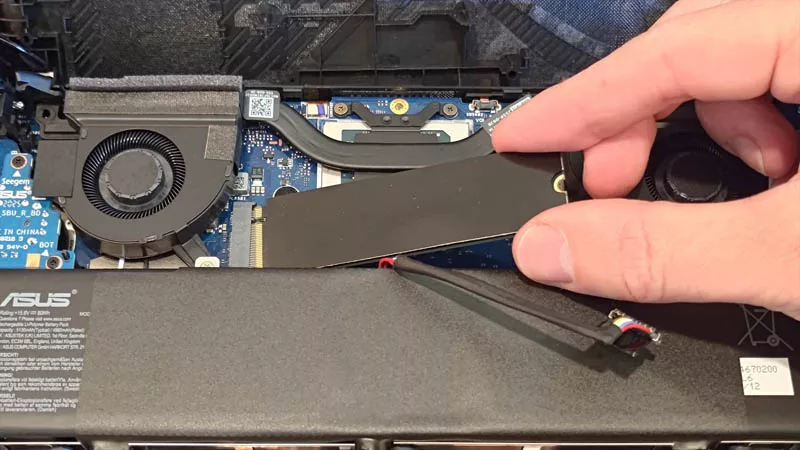
How to upgrade the SSD and reinstall Windows on your ROG Ally, ROG Xbox Ally, or ROG Xbox Ally X
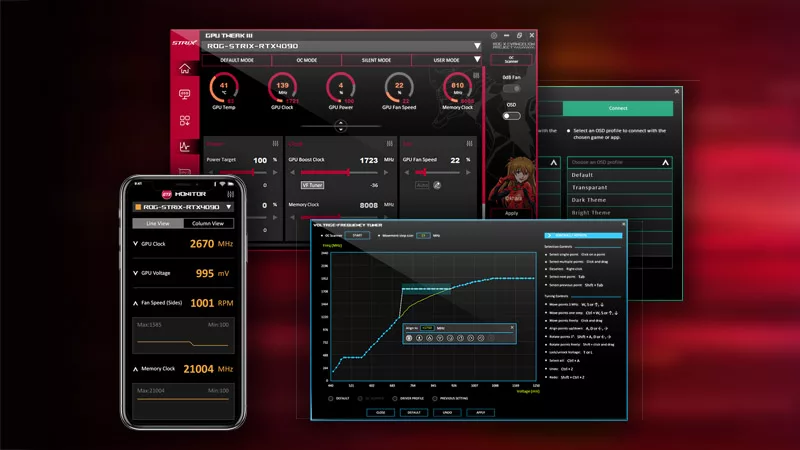
ASUS GPU Tweak III: The ultimate tool for advanced GPU tuning
LATEST ARTICLES

Hands-on: The ROG Raikiri Pro took my couch gaming to the next level
I've been a diehard PC gamer all my life, but I often play on the couch. The ROG Raikiri Pro has improved my living room PC gaming immeasurably thanks to a few useful features and loads of customizability.
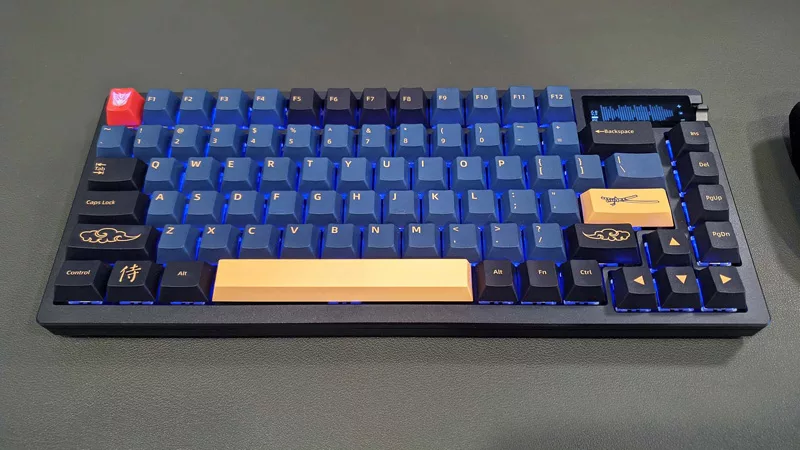
Hands-on: The ROG Azoth became the canvas for the keyboard of my dreams
Ever since I bought my first mechanical keyboard, I’ve been on a mission to mod and upgrade, mod and upgrade. But I think the ROG Azoth may actually be my endgame.
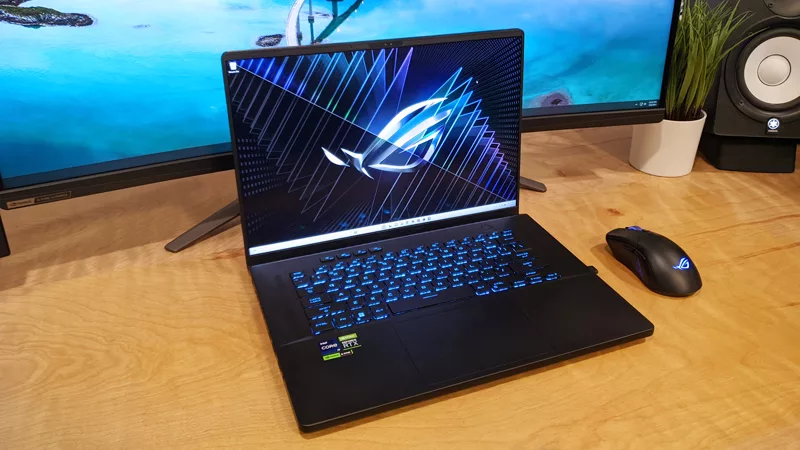
The Zephyrus M16 blends outstanding HDR gaming performance with undeniable luxury
The new ROG Zephyrus M16, with its Nebula HDR display, is like bringing a high-end home theater gaming setup with you wherever you go.
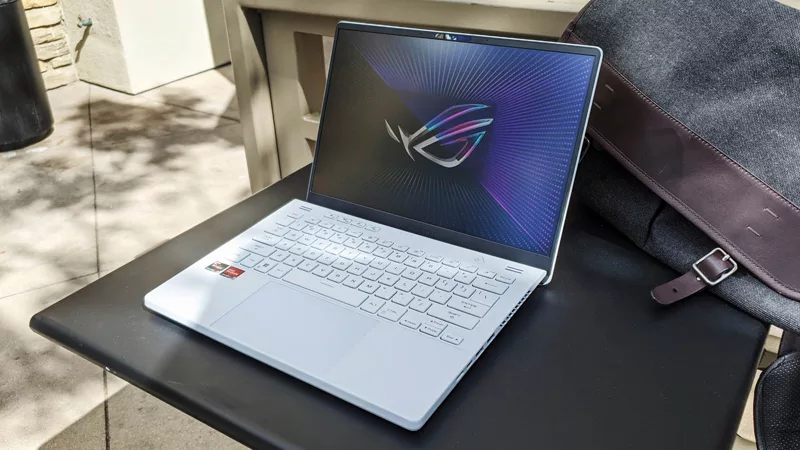
Radeon graphics and a stellar new display reinvigorate 2022 ROG Zephyrus G14
For a long time, I had to choose between underpowered ultraportable laptop and large laptops capable of gaming. But the ROG Zephyrus G14 puts admirable gaming chops into an ultra portable machine that travels anywhere.
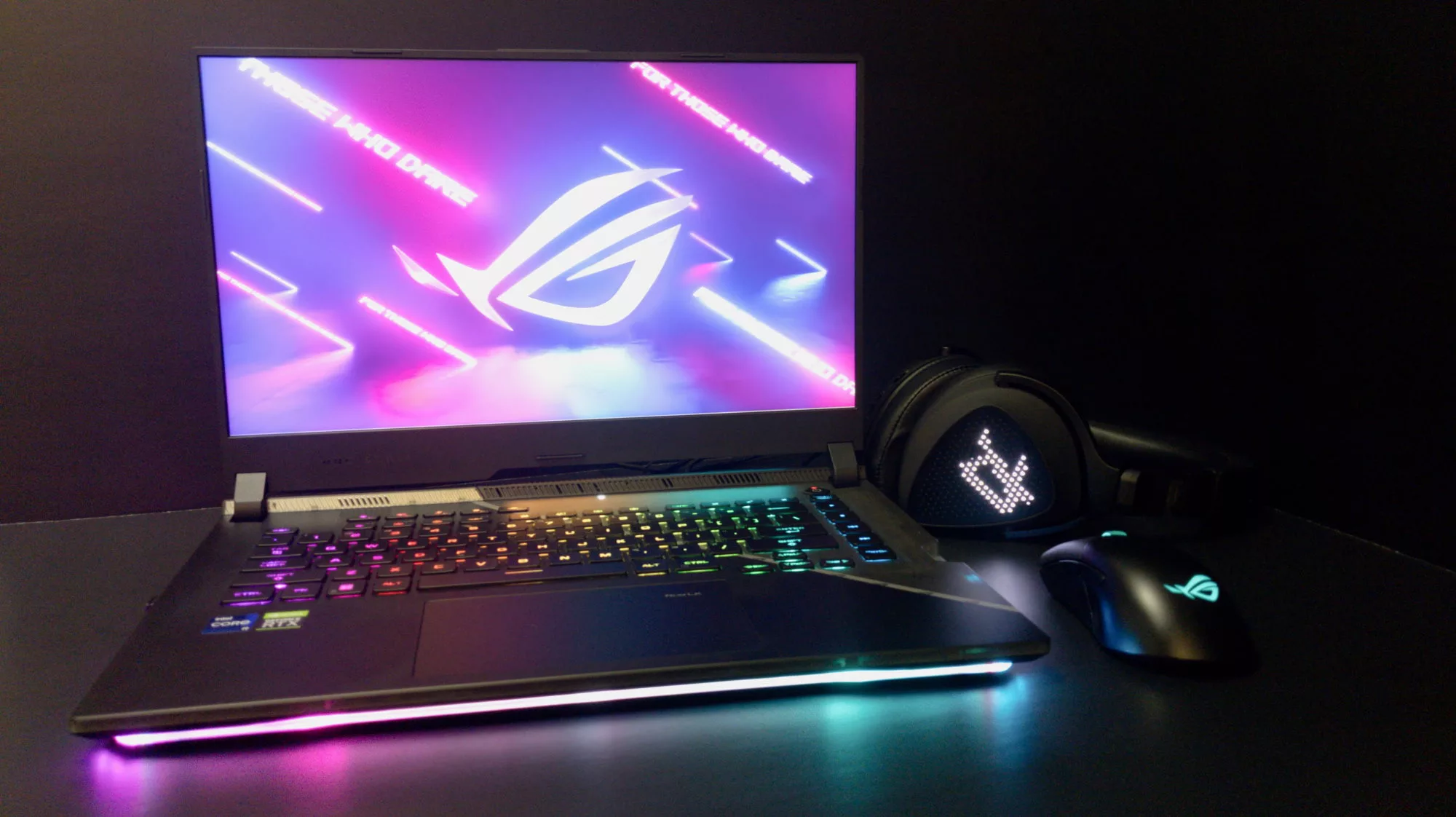
Ready to rumble out of the box: Hands-on with the ROG Strix SCAR 15
Living on the move or in a smaller space isn't a roadblock to high-end gaming. The ROG Strix SCAR makes portable powerful.
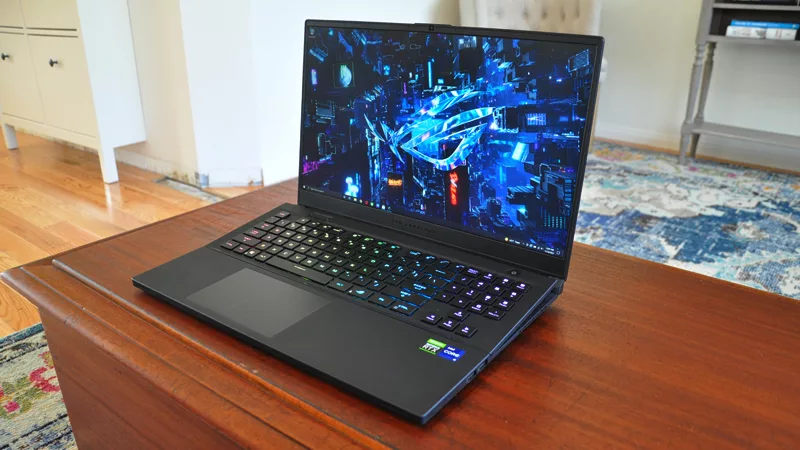
The ROG Zephyrus S17 is an outstanding mixture of power and portability
The S17 has it all: top-tier hardware in a slim package with all the bells and whistles.









